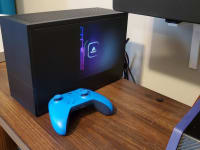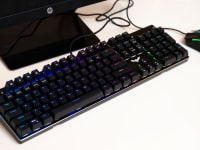How to build a powerful, mid-range gaming PC without breaking the bank
For the gamer on a modest budget
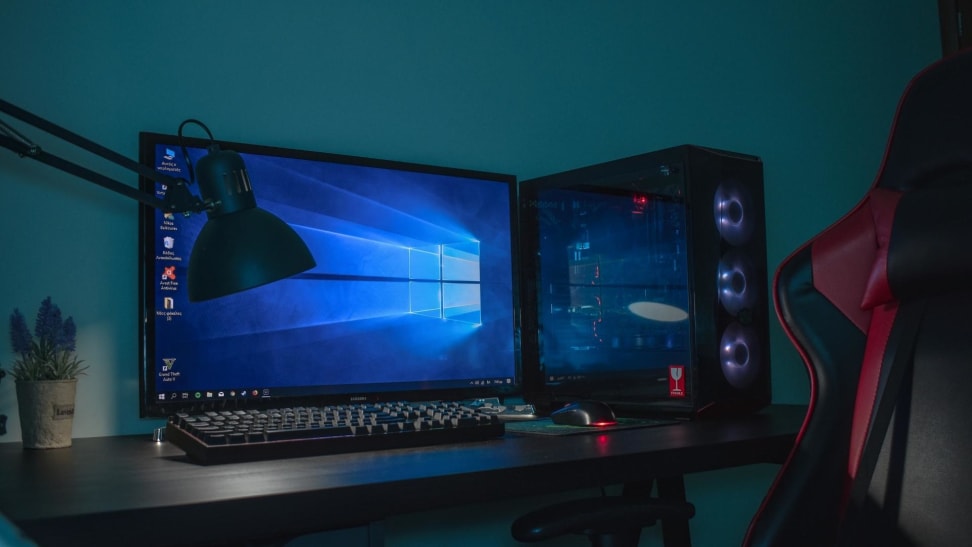 Credit:
Unsplash / Balkouras Nicos
Credit:
Unsplash / Balkouras Nicos
Products are chosen independently by our editors. Purchases made through our links may earn us a commission.
Building a capable gaming PC is easier than ever now that graphics cards, powerful CPUs, memory, and storage have all come down in price and become readily available. It’s the perfect time to put together a PC that can tackle games at high settings for the next few years without breaking a sweat.
Assembling your own PC will always be cheaper than buying a prebuilt system, and you can customize every aspect. You can also save even more money by buying a secondhand GPU, CPU, or case from a reputable seller. But you can’t get to that stage without first knowing what components to buy.
You can build a mid-range gaming PC for $2,000 or less, which is enough to build a powerful computer that can drive the best gaming monitors while having enough horsepower for productivity work. Finally, if you’re new to building a PC, Newegg has put together a comprehensive video guide with tips for beginners. It also wouldn’t hurt to search for a tutorial for your specific case. If you want to keep the cost under $1,000, check out our guide to building a budget gaming PC.
Processors and motherboards

Cheaper doesn’t have to mean less powerful. Last gen AMD Ryzen 5000-series CPUs are still immensely capable of putting out high frame rates and cost a fraction of the more recent 7000-series successors, and are supported by less expensive motherboards and DDR4 RAM.
The 6-core, 12-thread Ryzen 5 5600X is still a viable choice for gamers and goes for less than $200, or closer to $100 if you’re buying used. A good AM4 motherboard, like the MSI B550-A PRO, will run you about $140 new, or under $100 used. Just be warned that sticking with the last generation of AM4 motherboards will limit your upgrade path; the furthest you’ll be able to go is the excellent Ryzen 7 5800X3D, as AMD completely changed the chip socket with their latest processors.
If you want to stick with Intel, the Core i5-12400 provides about the same level of performance at about the same price new as the 5600X, but also includes integrated graphics (UHD Graphics 730, not Iris Xe).
A DDR4 B660 motherboard, like Gigabyte’s B660 GAMING X AX, costs the same price as a good B550 board (and this one has built-in Wi-Fi 6 and Bluetooth 5.2).
Coolers
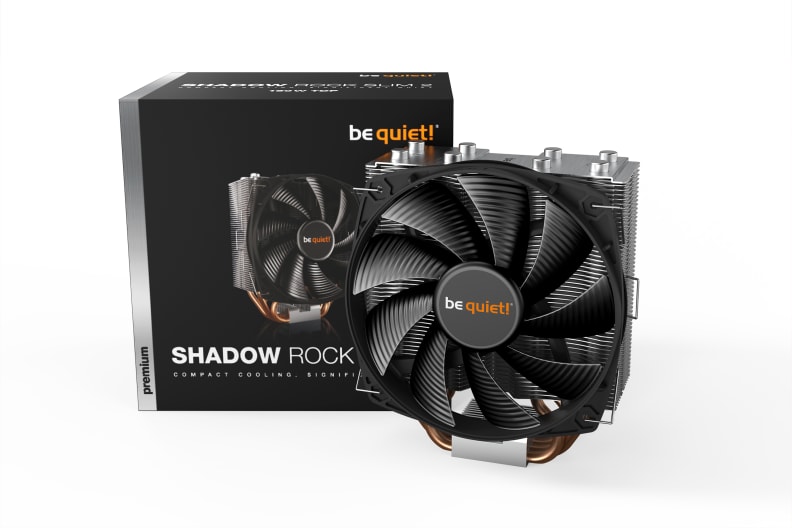
Guaranteed to not make you think you're in an airport.
A good CPU cooler will work with either pick, and the $66 Scythe Fuma 2 is a classic for a reason—it’s affordable, efficient, and quiet. It will also fit in most mid-sized tower cases. To save some money, an effective single-fan cooler like the be quiet! Pure Rock 2 or ARCTIC Freezer 34 costs $40, and you can strap an additional fan to either later on to boost their cooling capabilities.
And don’t forget to apply thermal paste! Thankfully, most coolers will either include it in a tube or pre-applied to the CPU cooler.
If you’re on a budget, don’t even think about buying an all-in-one liquid cooler; they’re usually not worth it unless you are buying a high-end processor.
Memory
For RAM, a good 16GB DDR4 kit from a reputable manufacturer will come in around $50. This low-profile set of 3200MHz, CL16 Corsair Vengeance LPX sticks is the best pick for most people, as the reduced height means they won’t interfere with your CPU cooler.
Graphics cards
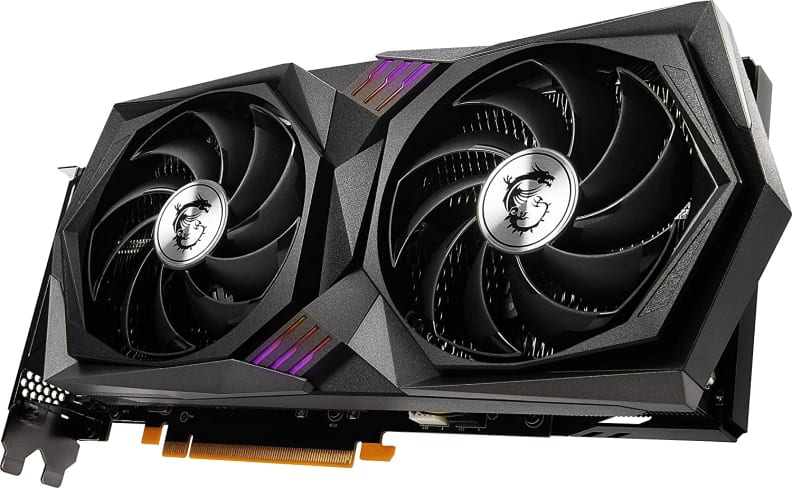
A gaming PC’s beating heart is its graphics card, and at this price range, you have the lion’s share of options.
If you want to keep things affordable without skimping on ray tracing performance or locking yourself out of Nvidia’s DLSS upscaling technology, the RTX 3060 Ti is an excellent choice that can play new games on high settings at 1440p. The Founder’s Edition is still available for $400 from Best Buy.
If you want to step up to an RTX 3070, which is about 10% to 15% faster, you can find them for about $540 new, like this triple-fan Gigabyte RTX 3070 Eagle OC.
If you want to save some money by going to AMD for your GPU and don’t care about ray tracing performance, the Sapphire Pulse Radeon RX 6800 will beat the similarly priced RTX 3070 from Nvidia by about 14% for $550. It also has 16GB of VRAM compared to the 8GB found on the RTX 3070.
Power supply
None of this would be possible without a power supply. A good power supply should be efficient (80 Gold Plus is the standard) have plenty of headroom to absorb sudden spikes, and give you room to upgrade down the line later.
I’d recommend the Corsair RM750, which is available for $95 at the time of writing. It’s quiet, comes with a 10-year warranty, and is fully modular so you can unplug any cables you’re not using.
SSD storage
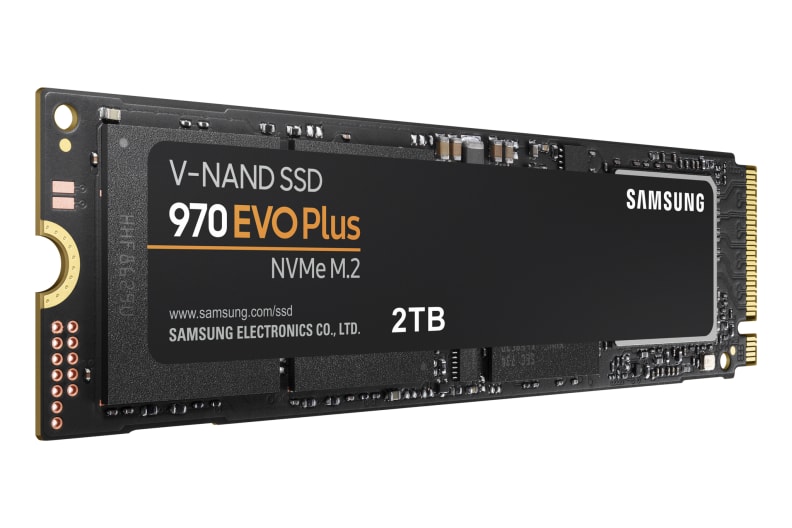
Having a fast boot drive and plenty of bulk storage space is important; games are getting larger than ever.
The 1TB Samsung 970 EVO Plus is a fast and well-regarded NVME drive that can be had for $100. It’s only PCIe gen 3, but that should be more than fast enough for most people.
If you want to spend an additional $30, you can bump up to this 1TB Sabrent Rocket drive for $130. It’s PCIe gen 4 and will read and write about 50% faster than the Samsung 970 EVO Plus.
If you have another M.2 slot on your motherboard (which is standard nowadays), Western Digital’s 2TB WD Blue SN570 NVMe costs $170. It’s definitely fast enough to play games off of without issue; I use the same drive in my personal gaming rig.
Cases
Finally, you’ll need a case to house all of this. At this price point, I’d recommend the NZXT H510 Flow.
It’s a $90, stylish mid-tower case with plenty of ventilation and comes with two 120mm fans. It’s also easy to build in and the internal bar helps hide sloppy cable management. For $5 more, the Corsair 4000D Airflow is a strong alternative that offers even more airflow and also includes two 120mm fans.
Important extras
Speaking of fans, don’t forget to add a few more. With either of those cases, two 140mm fans mounted at the front would greatly improve the airflow. I recommend Noctua’s NF-P14s redux fans, which are a steal at $17 each. They’ll move a lot of air without making much noise—there’s a reason Noctua is a household name.
Don’t forget to throw in a Wi-Fi and Bluetooth card if your motherboard doesn’t include this already. The $50 TP-Link WiFi 6 AX3000 PCIe card is my pick of choice. It’s easy to install and should work right out of the box.
What to pair with your new system
If you followed our basic recommendations and didn’t spring for extra storage, your final cost should come out to about $1,200 or less before tax (most of these parts are available with free shipping through Amazon Prime). Now you’ll need to find a monitor that can take advantage of your new purchases if you don’t already have one.
At this level of graphical horsepower, you can choose between a high refresh rate 1080p monitor or a larger 1440p monitor. Unless you’re an esports professional, I would recommend a 27-inch, 1440p gaming monitor. They hit the sweet spot and are cost efficient, large enough for productivity work, and can go up to 240Hz, which is more than enough for a mid-range gaming PC.
Gigabyte’s excellent 27-inch, 1440p, 240Hz M27Q X checks all the boxes you’d want in a gaming monitor and has a built-in KVM, but can be a bit pricey at $400. Instead, the Gigabyte M27Q P might be a better fit; it’s exactly the same as the M27Q X but “only” tops out at 170Hz and retails for less than $300. I game on the older version of this monitor at home, and it’s perfectly suited for a gaming PC with these parts.
LG’s 27GL850-B 27 Inch Ultragear, the upgraded version of one of our best ranking gaming monitors, only hits 144Hz but offers superior color accuracy thanks to its Nano-IPS display. If you can find it on sale for under $300, you should pull the trigger.

